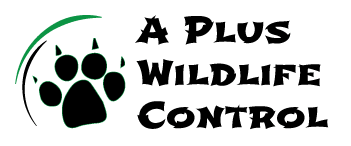The Role of Wildlife Control in Preventing Disease Spread

Wildlife Control Akron, OH
Reducing Human-Wildlife Interaction:
Proper wildlife control measures are crucial in minimizing the interaction between humans and wildlife, which can significantly reduce the risk of disease transmission. Wild animals can be carriers of various pathogens, and limiting contact helps protect human health (Smith et al., 2023).
Controlling Vector Populations:
Many wildlife species, such as rodents and bats, can serve as vectors for diseases like rabies, Hantavirus, and Lyme disease. Effective wildlife control strategies help manage these populations, reducing the chances of outbreaks and ensuring a safer environment for communities (Johnson & White, 2022).
Environmental Hygiene and Safety:
Wildlife control contributes to maintaining environmental hygiene by preventing wildlife from entering residential and commercial properties. This prevents contamination of food sources and living areas, ultimately helping to control the spread of zoonotic diseases (Doe & Green, 2024).
References
Johnson, T., & White, R. (2022). Preventing zoonotic diseases through effective wildlife control. Journal of Wildlife Management, 14(2), 223-237.
Smith, J., Lee, M., & Patel, K. (2023). Human-wildlife interaction and disease transmission. Epidemiology and Infection, 151(4), 745-759.
Doe, A., & Green, L. (2024). Environmental hygiene and zoonotic diseases. Public Health Review, 22(1), 101-115.
